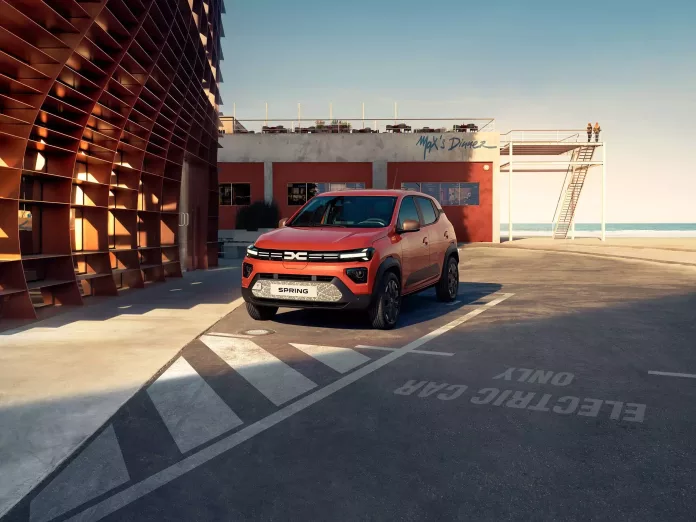The dynamics of Europe’s electric vehicle (EV) industry are rapidly changing, with a significant rise in battery electric car sales. A staggering two million units were sold in one year, yet European manufacturers are facing stiff competition from Chinese-made EVs.
The Growing Influence of Chinese EVs in Europe
Almost one-fifth of the electric vehicles sold in the EU last year hailed from China, a statistic that highlights the mounting challenge for European car makers. More than half of these imports come from collaborations between Chinese manufacturers and established Western brands. Tesla and Dacia are the main contributors, though independent Chinese brands are making their mark too. In just a few years, companies like BYD and MG have increased their share of the EV market from a barely noticeable 0.4% in 2019 to a more significant 7.9% in 2023, with predictions suggesting a 20% market share by 2027.
Proposed Trade Measures to Respond to EV Imports
In response to the influx of imported EVs, there’s a suggestion to increase tariffs from the current 10% to 25%. Such a measure is expected to make medium-sized cars from China pricier than their European counterparts, though some segments may retain their competitive pricing. The proposed tariffs could generate €3-6 billion in annual revenue, which could be funneled back into local clean tech initiatives. Furthermore, collaboration with the UK and the creation of a European battery alliance could enable a tariff-free supply chain, fostering growth in the sector.
Future Strategies for European EV and Battery Production
The goal is not to limit competition or the availability of affordable electric vehicles but to strengthen the European EV supply chain. To this end, industry experts recommend a combination of increased tariffs and regulatory measures to encourage the production and adoption of mass-market electric vehicles.
However, EVs are just one piece of the puzzle; batteries, particularly lithium-ion, are central to Europe’s green industrial vision. With over EUR 180 billion invested in the EU’s battery value chain and huge projects underway, Europe is on the cusp of satisfying two-thirds of its own demand. But the battle is not without challenges; Chinese battery technology and production capacity outpace European efforts, urging the need for strategic support and protective actions for EU manufacturers.
Supporting Europe’s Transition to Green Technology
Europe’s trade policy must become a cornerstone of a strategic industrial response to the green transition. There’s a call for robust sustainability requirements and “Made in EU” standards that encourage local manufacturing while being mindful not to provoke trade conflicts. Proposed measures include a graduated tariff system and stronger incentives for European production in public tendures and funding programs.
At the heart of the issue is the future of automotive industry jobs in Europe. To remain competitive, European carmakers must accelerate their shift to electric technologies, focusing on innovation and competitive edge over protectionism to ensure that the continent’s know-how and employment in the automotive sector thrive. Going forward, the agility to adapt and outpace competition will be Europe’s strongest advantage against foreign imports.
























